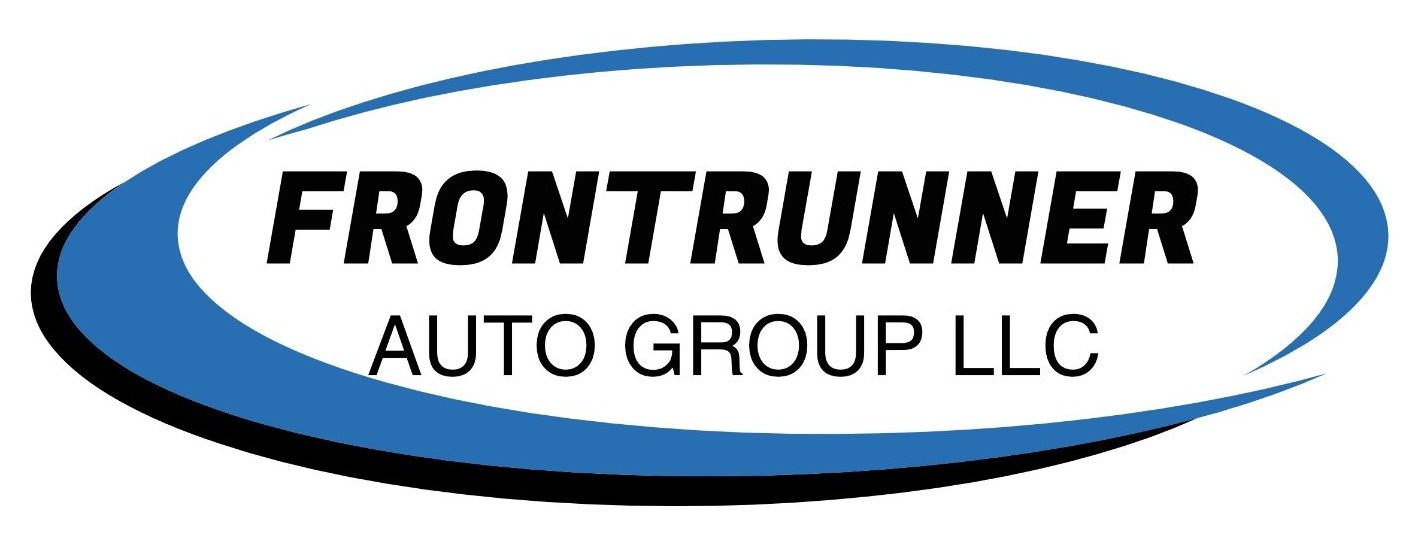What is working capital management?
Content
But this is not the only factor that must be considered by inventory management when determining inventory levels. The planning for the actual production of the product may involve problems of leveling production that is producing at a constant rate even though sales may fluctuate. If the product is perishable the level of inventory should be kept low due to the chances of rotting, on the other hand durable products can be kept easily with less probability of loss. The firms dealing in seasonal products have to hold large stock of finished goods during peak season to meet the demand. When the firm is having demand for the product in the market but the firm doesn’t have inventory to sell, this makes a firm unable to fill an order, and this will lose the sale. This includes the following costs – Loss of profit due to lost sale, Loss of future sales because customers may go elsewhere, Loss of goodwill.
What are the 4 types of inventory?
While there are many types of inventory, the four major ones are raw materials and components, work in progress, finished goods and maintenance, repair and operating supplies.
Under the best circumstances, insufficient working capital levels can lead to financial pressures on a company, which will increase its borrowing and the number of late payments made to creditors and vendors. For example, if a company’s working capital is a negative number, it cannot cover its debts and will need to increase revenue or decrease costs if it wants to stay in business. A low ratio might be the result of poor inventory management or inefficient debt collection. Speeding up the CCC can improve a company’s working capital position, but it may also have other consequences. For example, there is a risk that reducing inventory levels could negatively impact your ability to fulfil orders.
Manage Account Payable
For instance, withholding payments to suppliers may improve your cash position, but will affect your relationship with suppliers. Investors view stock turnover as a clear indicator of a company’s sales capacity, as well as its purchasing and manufacturing dependability. Low inventory levels indicate that the company is at an increased risk capital inventory definition of losing sales, whereas excessively high inventory levels may indicate inefficient use of working capital. Imagine that in addition to buying too much inventory, the retailer is lenient with payment terms to its own customers . This extends the amount of time cash is tied up and adds a layer of uncertainty and risk around collection.
The goal, for any business’ financial team, is to have a working capital that is above “net zero” but not flush with cash. The idea is to have enough to pay all loans, while also leaving room to grow profitably and invest in high-return ventures.
Working Capital and Liquidity Outline
Understanding purchasing trends and the rates at which items sell determines how often companies need to restock inventory and which items are prioritized for re-purchase. Having this information on hand can improve customer relations, cash flow and profitability while also decreasing the amount of money lost to wasted inventory, stockouts and re-stocking delays. Working capital is calculated by subtracting current liabilities from current assets.
- This way, it gives a more realistic picture of the company’s liquidity position.
- Manufacturers closely track inventory levels to ensure there isn’t a shortage that could stop work.
- The result is an ICI of $0.15 (‘fifteen cents’) versus $0.20 (‘twenty cents’) for Services overall.
- •Has similar caveats to working capital calculations regarding inventory and accounts receivable.
- For example, a company has $10,000 in working capital and $8,000 in inventory.
Only if the business adopts the Just-in-Time technique will a zero working capital strategy be feasible. It is suggested that you use the demand-based approach for production and distribution. https://accounting-services.net/ Everything should be produced and supplied as and when the demand for the same arises. The former can be accomplished by unlocking cash on the balance sheet to reduce the need for debt.
What are the four different inventory types?
The idea is to reduce the amount of investment needed to run a corporation, which can also boost shareholder return on investment. Current liabilities are obligations that the company has to pay off within the next 12 months, including accounts payables and any debt payments that become due in this period. Guided by the above criteria, management will use a combination of policies and techniques for the management of working capital. The policies aim at managing the current assets and the short-term financing, such that cash flows and returns are acceptable.
- By forecasting future cash flows – such as payables and receivables – companies can plan for any upcoming cash gaps and make better use of any surpluses.
- It helps companies make routine payments and ensure the smooth performance of business operations.
- Current liabilities are debts that are due within one year or one operating cycle.
- The current portion of debt is critical because it represents a short-term claim to current assets and is often secured by long-term assets.
- Because of the judgements used in determining when the revenues and expenses are reported on the income statement, there is a concern with this perceived “flexibility”.
